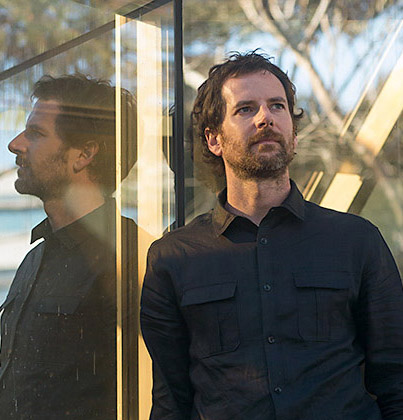|
January 24, 2014
This is the most exciting time of my career so far. The technologies that our research community has worked on for several decades -- mobile, pervasive, social, gestural -- have leapt off the pages of academic journals and into the daily lives of billions. What used to be our imagination is now our reality. Design is on the front page of the news and the topic of Hollywood films. Enrollments in our classes have skyrocketed, both in person and online. For me, the most powerful dynamic of the current moment is the large number of people who are excited about making stuff.
This current wave of enthusiasm offers a tremendous opportunity for durable impact, but also a challenge. I've spent a lot of time with design teachers over the past two decades. While the design fields have had enormous impact, I think nearly everyone who has taught design has wished for more and better theory (vocabulary, principles, predictive power) to help coach students towards expertise. Why the gap? First, many see design as a mystical endeavor because creative work is clearly complex and multifarious. Consequently, many people give up on creating theory -- or seeking to apply/adapt existing theory -- without trying on the belief that it's prima facie impossible. Second, much of the theory I'm talking about here is really social science. At many universities, the social sciences are across campus from the arts and engineering programs that house design, and even further away intellectually.
Creative professionals make many decisions about how to allocate time, money, attention, personnel, and other resources. Teaching design is equally thorny. Practical theory can help design professionals and teachers predict outcomes, choose more wisely, and be more creative. While we have a long way to go, there's also a lot we can draw on. In this talk, I'll share some examples of work that's inspired my group, and some systems we've built and empirical work we've done to help people design with more creativity, wisdom, and insight.
|

Scott is an Associate Professor of Cognitive Science and Computer
Science & Engineering at UC San Diego, and a Visiting Associate
Professor of Computer Science at Stanford University. Before joining
UCSD, he was an Associate Professor of Computer Science at Stanford
University, where he co-directed the Human-Computer Interaction Group
and held the Bredt Faculty Scholar development chair. Organizations
around the world use his lab's open-source design tools and curricula;
several books and popular press articles have covered his research and
teaching. He helped introduce peer assessment to open online
education, and taught the first peer-assessed online course. He has
been awarded the Katayanagi Emerging Leadership Prize, Sloan
Fellowship, NSF CAREER award, and Microsoft Research New Faculty
Fellowship. He has authored and co-authored more than 40 peer-reviewed
articles; eight were awarded best paper or honorable mention at the
premier HCI conferences (CHI/UIST/CSCW). His former graduate students
are leading professors, researchers, founders, social entrepreneurs,
and engineers. He has a dual BA in Art-Semiotics and Computer Science
from Brown University, and an MS and PhD in Computer Science from UC
Berkeley. A Senior Member of the ACM, he serves on the editorial board
of TOCHI and HCI, co-chaired the UIST?2011 program, co-chaired the CHI
2010 systems area, and has served on advisory boards for academic
programs, research labs, and startups passionate about interaction
design.
|
|
